Summit Recap: Women's Network for a Sustainable Future
/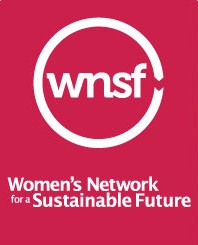 This past week I was fortunate to attend a West Coast Sustainability Summit hosted by the Women’s Network for a Sustainable Future.
WNSF is a national association of women professionals who are passionate about integrating sustainability principles into their organizations and businesses.
This past week I was fortunate to attend a West Coast Sustainability Summit hosted by the Women’s Network for a Sustainable Future.
WNSF is a national association of women professionals who are passionate about integrating sustainability principles into their organizations and businesses.
This year’s second annual West Coast Businesswomen’s Sustainability Summit, hosted by IBM at the company’s Almaden Research Center, attracted over 200 professional women from a variety of companies and fields to discuss opportunities, challenges and best practices in corporate sustainability.
Through a diverse set of presentations and panels, including a keynote delivered by Nancy Sutley, Chair of the White House Council on Environmental Quality, WNSF managed to pack a ton of learning and questioning into just a few hours! For those of you not able to attend, I thought I’d provide my take on key learnings and themes from the day.
The morning started off with a short welcome from Ann Goodman, co-founder and executive director of WNSF. WNSF’s goal, she said, is to inspire and educate women and provide opportunities for women with similar interests to network with each other and create change within their companies. She asked the crowd to think through how we can prepare the next generation of women to take the helm in sustainability in business, and she said she hoped that Summit attendees would identify “a seed of an idea” during the conference that would later grow into a tangible difference made in our organizations.
From there my fellow participants and I were treated to a variety of talks and panels from some terrific sustainability professionals, with representatives from IBM, IDEO, Johnson Controls, Schneider Electric, Siemens Corporation, and others speaking about innovating through sustainability as well as integrating sustainable values and behaviors into an organization.
Certainly a highlight of the day was Nancy Sutley’s discussion of sustainability in the Federal Government. As someone who (admittedly) often thinks of sustainability only in a business context, I thought it was fascinating to hear Sutley’s take on what a sustainability or green agenda looks like in the government sector. And trust me: as Obama’s right-hand woman on all things environmental, Sutley should know!
“Sustainability is destined to grow in scale and stature,” Sutley said, “and the Federal Government has an obligation to lead by example.”
Throughout her talk, Sutley cited examples of how the Obama White House is taking “green” seriously, including the President's GreenGov Challenge (essentially a crowd-sourcing initiative among federal employees to identify opportunities to reduce waste and increase efficiencies within the government) and the recent publishing of over 50 sustainability reports by various Federal Agencies.
But perhaps my favorite example was Sutley’s description of the Department of Defense and its role in pushing its own sustainability agenda, including setting a goal to reduce its own greenhouse gas emissions by 34% by 2020. Certainly the DoD doesn't always automatically come to mind when I'm thinking of sustainability, and yet Sutley says the department’s commitment to sustainability is actually deeply linked to the successful execution of the agency's mission.
In fact, Sutley said the Department of Defense has actually been very forward-thinking about sustainability, a surprise at first even to Sutley. As an example, the Department of Defense sees the transport of fuel to troops around the world as an increasingly crucial, and dangerous, operation. According to Sutley, when the DoD strategizes about fuel sourcing, transportation and threats, it’s impossible not to think about climate change and other related sustainability issues. The tactical application of sustainability, then, becomes a crucial consideration for the Department.
While Sutley’s examination of greening the Federal Government was definitely a standout, a number of other key themes emerged throughout the Summit:
- Human Behavior Matters: Dr. Sharon Nunes, VP Smart Cities Strategy and Solutions at IBM, talked a lot about creating and understanding “value networks” in sustainable innovation. Rather than just focusing on innovation itself, Nunes stressed the importance of looking at all of the players and people that stand to gain/lose through the type of innovation you’re developing. How will this new technology or system affect the people who will use it? An example she gave was charging tolls for commuters who use highway systems during peak hours. You can deter people from driving on roads, but if you don’t have adequate infrastructure or access to public transportation as an alternative option, your plan to reduce car emissions won’t work. As she wisely said, “Innovation for sustainability will fail miserably if you don’t think about the people who are adopting it.”
- Innovation is Messy - and Necessary: While Sharon Nunes discussed innovation at IBM, by far the best analysis of the topic was provided by self-proclaimed “innovation evangelist” Judy Estrin, serial entrepreneur and author of Closing the Innovation Gap. Through interviews with over 100 business innovators, Estrin developed what she calls the 5 Core Values of Innovation: Questioning, Risk, Openness, Patience and Trust. The way she sees it, balanced innovation (that is, innovating using all 5 core values represented in equal parts) has been on the decline for decades in this country, with people instead choosing to simply take quick risks (aka: the Great Financial Crisis of 2008). She also noted that in order to innovate, people and organizations have to be willing to invest in outcomes that are unknown, messy and potentially even a little uncomfortable. Ultimately, though, the ability to innovate speaks to our capacity for change – and as sustainability professionals, our job is all about change.
- Green Job Creation: Although this only came up a couple of times, I thought the issue of green jobs was worth highlighting, if only because there did appear to be some consensus on the topic. Panelist Kimberly Hosken, Program Director of Green Building at Johnson Controls, said it best: in her opinion, her responsibility is to “green the people who already have jobs, not create new green jobs.” She said people often come to her looking for work in sustainability, and her response to them is “But what can you do?” As she put it: “You need a ‘thing’ that you can do, and then you can go and green that.” Nancy Sutley from the White House also confirmed this idea, and I even heard Summit attendees discuss the same idea in passing at lunch. Seems to be interesting advice for anyone looking to find work in this field!
As you can tell, it was an action-packed day filled with interesting insights and eye-opening takeaways (and honestly, this post just scratches the surface!).
Perhaps most importantly, I was keenly aware throughout the day of just how smart, engaged and networked these professional women were. Each attendee brought such a unique and intelligent perspective to the table, an insight that was especially obvious when WNSF broke us up into small brainstorm groups to discuss sustainability challenges facing each of us in our companies. In my opinion, the women (and the handful of brave men!) who came together last week at the Summit represent some of the best leaders and thinkers in sustainability today, and WNSF did a terrific job bringing us all together for learning, sharing and networking!
Thanks to WNSF for including me in this great conference – I hope to see many more faces at next year’s Summit!



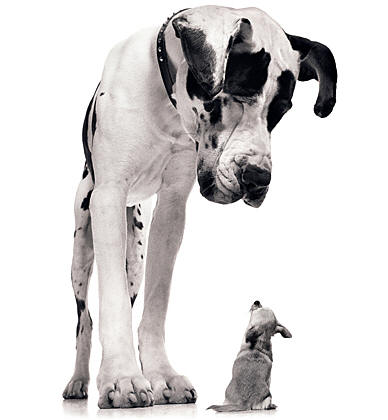 Often when we talk about corporate social responsibility, we assume people are talking about "the big dogs" – companies like Proctor and Gamble, Nestle, Coca-Cola, and of course Walmart.
Often when we talk about corporate social responsibility, we assume people are talking about "the big dogs" – companies like Proctor and Gamble, Nestle, Coca-Cola, and of course Walmart.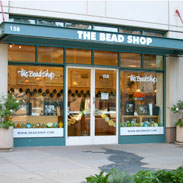
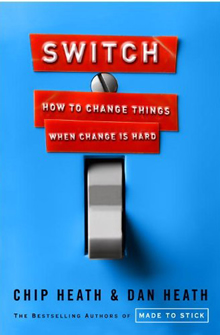 Everyone knows the saying, Change is Hard.
And anyone who’s ever tried to lead change – whether starting a new diet at home or starting a new initiative at work – knows that it can be incredibly tough to create lasting, effective change, even on the smallest of scales.
Everyone knows the saying, Change is Hard.
And anyone who’s ever tried to lead change – whether starting a new diet at home or starting a new initiative at work – knows that it can be incredibly tough to create lasting, effective change, even on the smallest of scales.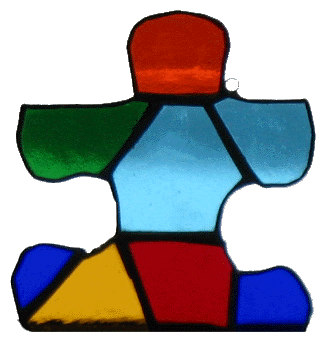
 This morning started out like any other day.
This morning started out like any other day.